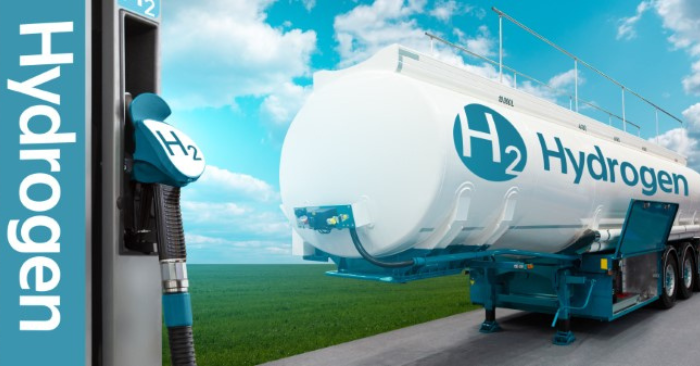Unique perspectives from DNV on mitigating corrosion across the energy sector
DNV’s materials and corrosion Technology Center in Columbus, Ohio, is one of the premier facilities of its type.
Our expertise in corrosion and cracking starts in the laboratory. It’s where our highly skilled and experienced materials scientists and engineers are developing pioneering solutions that extend operating envelopes of current assets and ensure safe operations. This uniquely enables us to offer a range of services across several vital areas:
- Corrosion & coatings
- Full scale testing & failure investigations
- Cathodic protection
- Sour service
- Emerging fuels
- Microbiologically influenced corrosion
- Root cause analysis
DNV was excited to bring unique perspectives around managing remaining life of existing assets through the evaluation of various corrosion and cracking mechanisms at this years AMPP conference. Our focus was on key topics we know are of big interest to the energy sector.
Mitigating corrosion across the energy sector
Do you know how much corrosion costs the energy industry? An estimated $2.5 trillion each year. DNV is committed to minimizing this impact.
I am proud to share that DNV brought new and exciting perspectives around managing corrosion within the oil and gas industry. Our experts presented technical papers on managing the remaining life of existing assets, combining corrosion SME knowledge with data science to unlock deeper insights, environmentally assisted cracking of line pipe steels in energy applications, enhanced corrosion management analysis, and more.
Looking ahead, DNV continues to perform research to better understand corrosion and cracking mechanisms and develop new solutions to evaluate and mitigate their effects on the oil and gas sector. For example, our experts are working with Exxon and other companies to solve the billion-dollar microbial corrosion issue facing the oil and gas industry. On the clean energy side, DNV experts led a forum on identifying and mitigating corrosion risks in Solar PV structures. Solar is something we know a lot about, last year DNV enabled our clients to progress 116.2 GW of solar capacity in the U.S. and Canada. Our unique insights come from the combination of DNV’s expertise in corrosion management and renewable power generation development and operations. Our experts also presented technical papers on mitigating corrosion and cracking in nuclear wastewater storage tanks.
Click here for further details on our industry leading materials performance and testing capabilities
Repurposing existing assets for hydrogen transportation
As the energy transition accelerates, pipeline operators can generate value by converting existing gas pipelines to transport hydrogen.
To maximize value and ensure safe operations, pipeline operators must understand the feasibility of introducing hydrogen or hydrogen-natural gas (H2 – NG) blends into existing infrastructure, from hydrogen injection to transportation, to end-use appliances. My colleague Shane Finneran recently published an article and hosted a webinar on this topic. He, along with other DNV experts, presented a technical paper on the feasibility of repurposing existing natural gas pipeline networks to transport hydrogen. Additionally, DNV experts showcased technical papers around safely delivering hydrogen from renewable power sources into pipelines and the impact of H2 impurities on pipeline integrity.
Beyond this, DNV is leading five joint industry projects focused on hydrogen, recently introduced a procedure for verifying claims about the production and distribution of low-carbon hydrogen and ammonia, and developed documents for the transportation of hydrogen in pipelines.
Click here to learn more about how DNV can help progress with a good hydrogen project that inspires confidence among customers, investors, and communities.

Understanding the issuing impact of CO2 transportation
This year, DNV experts presented on the risks posed to pipelines from dense phase CO2 impurities. These regional experts are part of the same DNV community that recently developed a recommended practice for the design, construction, and operation of offshore and onshore CO2 pipelines, with a focus on structural assessment and safety.
Currently, DNV is running several joint industry projects to improve our collected understanding of the risks and impacts of CO2 impurities on pipelines. This includes both our cutting-edge Skylark project, which is focused on understanding and mitigating risks associated with the transportation of CO2 from industrial sources to storage facilities through both onshore and offshore pipelines, and our CO2 safe and sour project, which is assessing how increased levels of H2S affect the risk damage to pipelines used for carbon capture and storage.
Click here to learn more about our services related to the safe transport of Co2 via pipeline.
2/26/2024 2:00:00 PM
